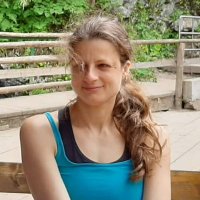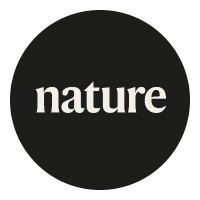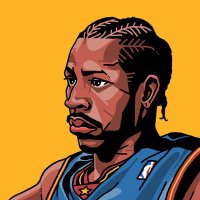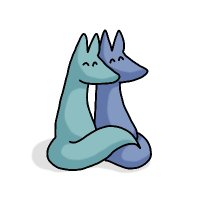
Vera Vasas
@veravasas
post doc, computational modelling. i am here to science
ID: 1173684748818014209
16-09-2019 19:47:32
91 Tweet
109 Takipçi
100 Takip Edilen

What do animals actually see? Vera Vasas Daniel Hanley &co present a camera system & video processing pipeline that record animal-perceived colors in motion, allowing us to study color signals in their full complexity #VisualEcology #PLOSBiology plos.io/3U79so1



It does what it says on the tin: tells you how to build a camera that records in photoreceptor responses, letting you see the world in animal-view colours. Please share, use and adapt our system and let us know what you find! Daniel Hanley George Mason University Mason Biology

Our camera paper reported as a Science Breakthrough by CNN! cnn.com/videos/world/2… The link to the paper: journals.plos.org/plosbiology/ar… Daniel Hanley

Animals see the world in different colours than humans – new camera reveals what this looks like theconversation.com/animals-see-th… via The Conversation Daniel Hanley

How do animals see color? Fascinating PLOS Biology paper describes a camera & open-source software package that generates dynamic displays. Vera Vasas Daniel Hanley Awesome videos in this The New York Times article by Emily Anthes: nytimes.com/2024/01/23/sci… 1/2




It’s no secret that animals see, hear, and smell differently to humans. Yet when we design experiments to test animal behaviour, we often inadvertently use ourselves as a reference point. A new #ProcB paper investigates these biases: ow.ly/sZIt50SEkNV Joanna Brebner


New paper out, with Vera Vasas MariaLoconsole Daniel Hanley !

Enjoy :) co-authored by MariaLoconsole, Daniel Hanley and me.






